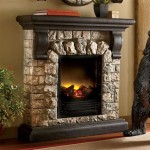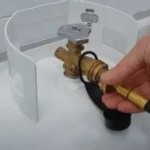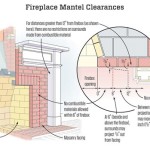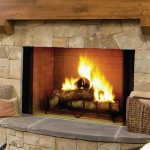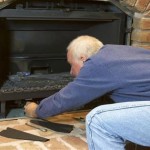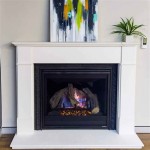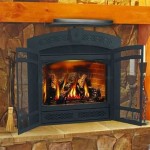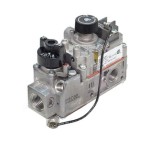Essential Aspects of Wood Burning Fireplace Heat Exchangers
Wood-burning fireplaces create a cozy and inviting ambiance in homes, generating warmth with the combustion of firewood. However, they can also lead to significant heat loss up the chimney. To maximize heat output and improve efficiency, wood burning fireplace heat exchangers have emerged as a practical solution.
Heat exchangers function by absorbing heat from the exhaust gases produced by the burning wood. This heat is then transferred to circulated air, providing additional warmth to the living space. These devices come in various designs, but all aim to extract as much heat as possible from the fireplace's exhaust.
Types of Heat Exchangers
Two primary types of heat exchangers are commonly used in wood burning fireplaces:
- Tubular Heat Exchangers: These consist of a series of metal tubes placed within the fireplace's firebox. The exhaust gases flow through the tubes, heating the surrounding air.
- Finned Heat Exchangers: These have metal fins attached to a solid surface, creating a large surface area for heat transfer. The exhaust gases pass over the fins, transferring heat to the air.
Benefits of Heat Exchangers
Installing a heat exchanger in a wood burning fireplace offers several advantages:
- Increased Heat Output: Heat exchangers capture and redistribute heat that would otherwise escape up the chimney, resulting in a more efficient and warmer fireplace.
- Improved Air Circulation: By circulating heated air, heat exchangers distribute warmth throughout the living space, reducing cold spots and improving overall comfort.
- Reduced Creosote Buildup: By lowering the temperature of exhaust gases, heat exchangers help prevent creosote buildup in the chimney, reducing the risk of chimney fires.
- Energy Savings: By maximizing heat output and reducing heat loss, heat exchangers can help save energy and lower heating costs.
Factors to Consider
When choosing a wood burning fireplace heat exchanger, it's essential to consider the following factors:
- Fireplace Size: Ensure the heat exchanger is appropriately sized for the fireplace's BTU output.
- Firebox Design: Different fireplace designs may require specific heat exchanger configurations.
- Material: Heat exchangers are typically made of durable materials like cast iron or stainless steel to withstand high temperatures.
- Installation Complexity: Professional installation is recommended for safe and effective operation.
Conclusion
Wood burning fireplace heat exchangers are valuable devices that enhance the efficiency and performance of wood-burning fireplaces. They capture and redistribute heat, improving warmth, reducing heat loss, and promoting energy savings. By considering the factors discussed above, homeowners can select the right heat exchanger for their fireplace and enjoy the benefits of a cozy and efficient home heating solution.

Fireplace As Heatingsystem Called Thermo Exclusive Property Blog

Size 45 Airculator Wood Burning Fireplace Heat Exchanger

Size 39 Airculator Wood Burning Fireplace Heat Exchanger

Grate Heater Wikipedia

Stove With Heat Exchanger On The Flue Looks A Bit Mad To Me Wood Water Heater

Majestic Sovereign Heat Circulating Wood Burning Fireplace Woodland Direct

Fire Place Heat Exchanger Fireplace Blower

Size 45 Airculator Wood Burning Fireplace Heat Exchanger

Fireplace Wood Burning Airculator 45 20k Btu S Heat Exchanger Blower He14501

Size 45 Airculator Wood Burning Fireplace Heat Exchanger

